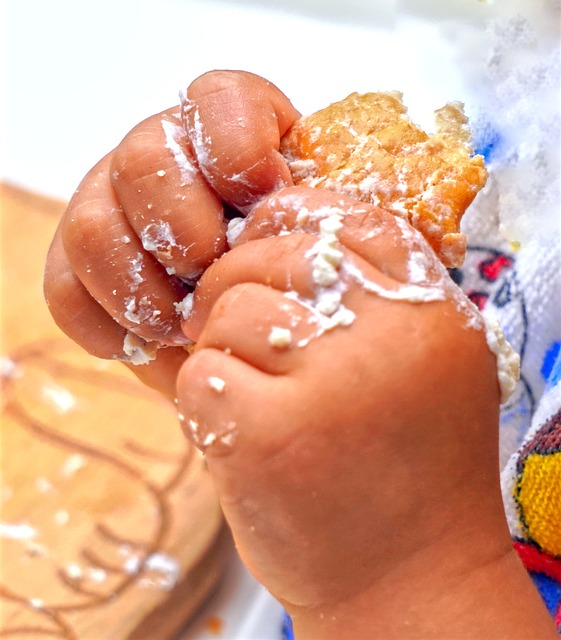Domestic violence has severe, lasting effects on children, leading to mental health issues, behavioral problems, and difficulties in adult relationships. Implementing effective child safety tips involves creating a safe environment with clear boundaries, open communication, designated safe spaces, consistent routines, and age-appropriate activities. Recognizing signs like changes in behavior, aggression, or nightmares is crucial for early intervention by caregivers, teachers, and community members. Open communication channels, access to therapy, and safe spaces are essential child safety tips to protect children from domestic violence and promote their healing.
Domestic violence significantly impacts children, necessitating proactive measures to ensure their safety. This article offers a comprehensive guide on tackling this critical issue, focusing on understanding the effects of domestic violence on kids, creating secure home environments, recognizing warning signs, and fostering open dialogue. We also provide essential child safety tips, highlighting resources and support systems available for families navigating these challenges.
Understanding Domestic Violence and Its Effects on Children
Domestic violence, a pervasive issue hidden behind closed doors, has profound and lasting effects on children who witness or experience it. It’s essential to understand that this isn’t just physical aggression; it encompasses a range of behaviors including verbal abuse, emotional manipulation, and economic control. Children in such environments often struggle with long-term mental health issues like anxiety, depression, and post-traumatic stress disorder (PTSD). They may also display behavioral problems at school and have difficulties forming healthy relationships later in life.
Recognizing the signs of domestic violence is crucial for ensuring child safety tips are implemented effectively. Children affected by this issue might exhibit changes in behavior, such as aggression, withdrawal, or frequent nightmares. They may also struggle with low self-esteem and a distorted view of relationships. Educating caregivers, teachers, and community members about these indicators is vital to create a support system that intervenes early, protects children, and helps them break free from the cycle of violence.
Creating a Safe Environment for Kids at Home
Creating a safe environment is paramount when it comes to protecting children from domestic violence. It involves implementing several child safety tips tailored to foster security and emotional well-being. Firstly, establish clear boundaries and rules that respect personal space and privacy, encouraging open communication where kids feel comfortable discussing concerns or fears. This can be facilitated through designated safe spaces in the home where they can retreat to for solace when feeling distressed.
Additionally, develop consistent routines that provide predictability and stability. Regular meal times, bedtimes, and play schedules offer a sense of normalcy, which is especially crucial if the family dynamics are volatile. Ensure these routines remain consistent even during challenging situations to give children a sense of control and security amidst chaos. Engaging in age-appropriate activities together can also strengthen the bond between caregivers and children, further enhancing their feeling of safety at home.
Identifying Signs and Promoting Open Communication
Identifying signs of domestic violence is a crucial step in ensuring child safety tips are put into practice. Children often witness or experience abuse indirectly, displaying various behavioral changes as a result. They may become more anxious, withdrawn, or exhibit sudden aggression. Some kids might struggle with concentration at school, have frequent nightmares, or develop a fear of certain places or people. Teachers and caregivers should be vigilant for these signs, creating a safe space for children to share their experiences without judgment.
Promoting open communication is essential to breaking the cycle. Encourage children to express their feelings and concerns using age-appropriate language. Establish a confidential reporting system where kids feel comfortable disclosing any instances of abuse or potential harm. By fostering an environment of trust and understanding, adults can better protect children and provide them with the necessary support.
Child Safety Tips: Resources and Support Systems
When a family is affected by domestic violence, children can be caught in the middle, experiencing trauma and putting their safety at risk. Implementing effective child safety tips becomes paramount to protect them from the immediate and long-term effects of such environments. Resources and support systems play a crucial role in ensuring these young individuals’ well-being.
Encouraging open communication is vital; children should feel comfortable discussing any concerns or experiences with trusted adults, such as teachers, counsellors, or family members outside the abusive household. Access to therapy or counselling services can help process emotions and provide tools for coping. Moreover, establishing a safe space where children can retreat during or after an incident can be life-saving. This could be a dedicated room in a shelter, a trusted friend’s home, or even a local community centre offering child-friendly resources and support groups for both kids and parents.
Domestic violence can have profound and lasting effects on children, making it imperative to prioritize their safety within the home environment. By understanding the signs and implementing strategies for open communication, parents and caregivers can create a safer space. The article has highlighted essential steps towards fostering child safety tips, including recognizing potential risks and accessing available resources. It’s crucial to remember that every child deserves a secure and nurturing atmosphere, free from violence, and by heeding these guidelines, we can contribute to their overall well-being and resilience.
